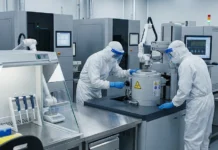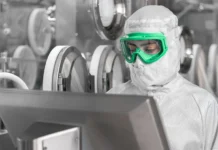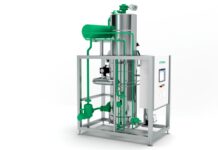Researchers at the University of Leeds have come up with a technology that could help the pharmaceutical industry in controlling crystal formation during the process of drug development.
Pharmaceuticals often come in the crystalline forms and undetected fluctuations in the system can alter the crystal structure which is not desired by the pharmaceutical manufacturers. Any change in the structure could pose a threat to the safety and efficacy of the product. Moreover, the drug might be delayed to hit the market, which could incur the pharmaceutical manufacturer considerable cost. However, given that drug molecules are growing more complex day by day, the challenges involved in processing them means that it is difficult to always obtain the desired outcome.
According to Dr. Robert Hammond, who is leading the research, here comes into play the potential of their technology. It makes possible monitoring of the crystals during their formation inside reactor, a phenomenon that was not thought of before. The technology uses powder X-ray diffraction, which monitors the crystal structure while the crystalline form passes through a temperature controlled flow cell.
Commercialisation of the technique can be done only after proper of the same.┬ĀHammond is optimistic regarding the commercial aspect of the technology. It can be developed to work at manufacturing plant scales and can be utilised in speciality chemical industries as well.
┬Ā



















